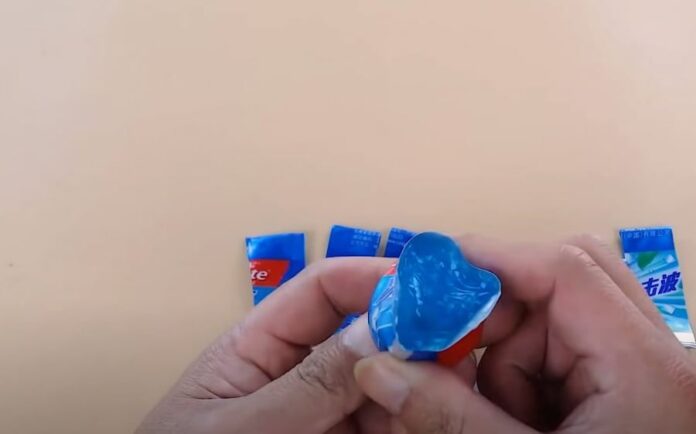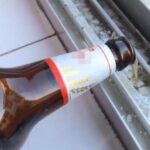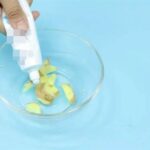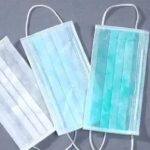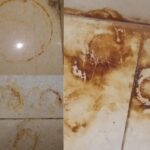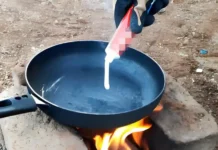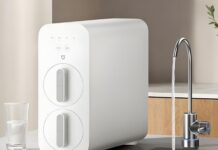Toothpaste is an essential product in our daily lives, primarily used for oral hygiene and preventing tooth decay. While it is common to discard empty toothpaste tubes, did you know that they can still be useful even after they seem to be finished?
A tube of toothpaste can last for a few months, depending on its size and usage frequency. However, when it appears to be empty, there is often still a significant amount of product left inside. Instead of immediately throwing it away, you can cut open the tube to access the remaining toothpaste and use it until you buy a new one.
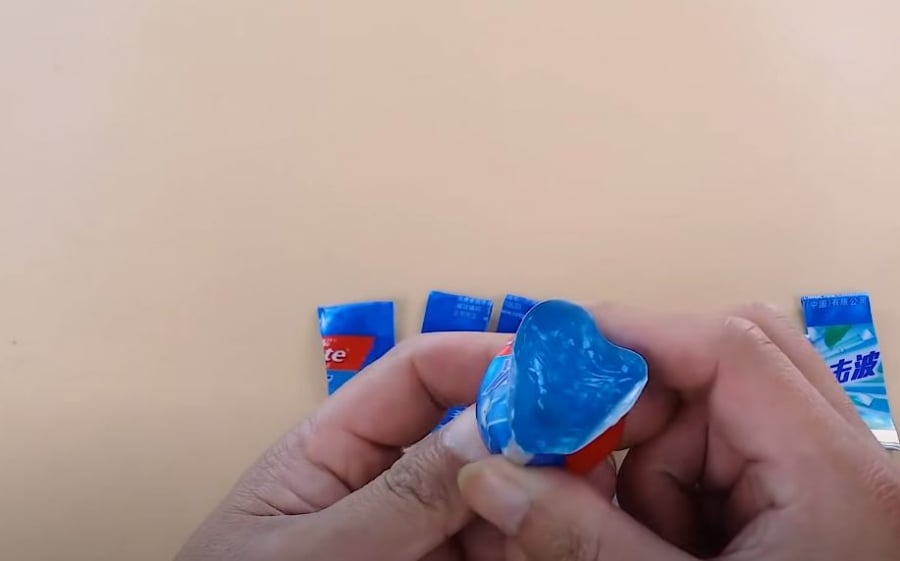
As shown in the image, cutting open the toothpaste tube reveals a substantial amount of product that can be utilized for a few more brushes.
Additionally, the empty toothpaste tube itself has multiple uses. Cut the tube into small pieces, and you’ll find that there is still some toothpaste residue left on the plastic. This residue can be used for various cleaning purposes around the house.
**Electric Outlet Cleaning:**
Electric outlets can get dirty over time, but you can’t simply wipe them with a wet cloth due to the risk of electrical hazards. Here’s where the toothpaste residue comes in handy. Apply a small amount of the toothpaste onto a cloth and use it to clean the outlets. Afterward, wipe them dry with a clean cloth.
**Electric Kettle Cleaning:**
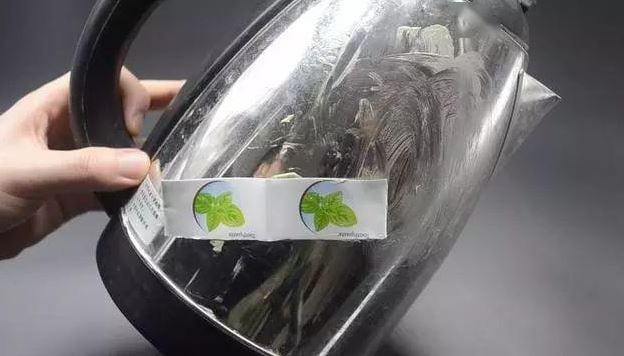
The residue on the toothpaste tube can also be used to clean your electric kettle. Simply rub the tube directly onto the surface of the kettle several times to remove any built-up stains. Then, use a damp cloth to wipe the kettle’s surface clean.
**Stainless Steel Faucet Cleaning:**
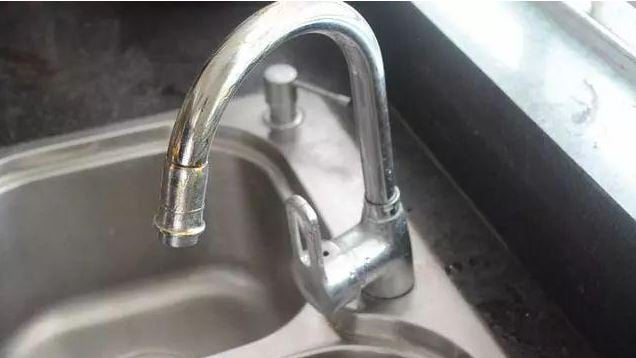
Over time, stainless steel faucets in your kitchen sink, bathroom sink, or toilet can become stained, discolored, or even rusty. These stains can be challenging to remove with regular water. However, by using the cut-up pieces of the toothpaste tube, you can effectively clean these surfaces. Simply rub the tube directly onto the stains and then use a sponge or brush to scrub the area. Rinse with water, and you’ll be amazed at the instant results.
You can also use the same method to clean your stainless steel pots and pans and even your stove!
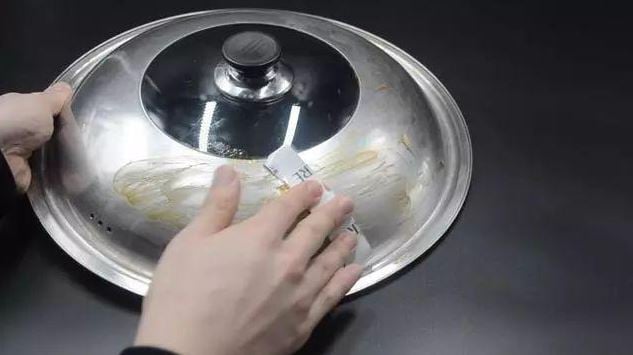
Use the toothpaste tube to clean your stainless steel cookware.
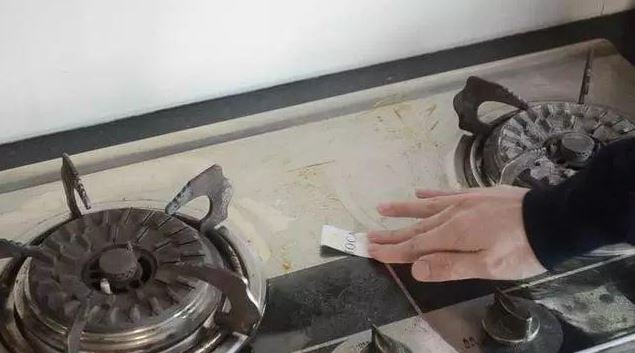
The toothpaste tube can also be used to clean your stove.
**Iron Cleaning:**
If your iron has developed stains or buildup over time, you can use a piece of the toothpaste tube to rub it onto the surface of the iron. Then, use a soft cloth to wipe it clean.
**Glassware Cleaning:**
The toothpaste tube residue can also be used to clean glassware. Simply rub the tube directly onto any stains or scratches on the glass, and watch them disappear, leaving your glassware sparkling and scratch-free.
There you have it! Creative ways to get the most out of your toothpaste tube and its packaging. So, before you toss that empty tube into the trash, consider the potential uses it still holds.
*According to Cars and Sports*

























